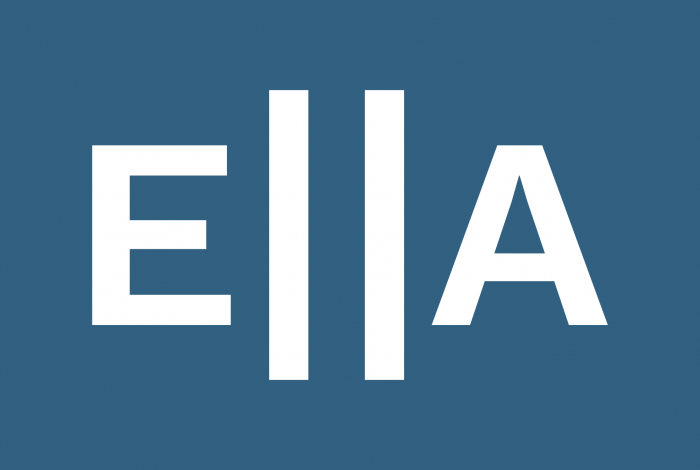Genomics and Datasharing

How do doctors know when they have reached the goal of mapping disease through DNA-sequencing? How can we remove barriers in datasharing between laboratories? In this episode, Tony and Silvija discuss how OUH develops and operates the IT-portion of DNA-analyses for the diagnostics of mainly rare, hereditary diseases.
Follow this link to listen to the podcast!
Learnings from the episode
- Genetics
- DNA-sequencing
- Datasharing
- Disease picture
- “Dragen” for accelerated diagnostics
- DIPS
This article is from an episode of #Lørn, made in collaboration with LørnTech.
Quick Q and A with Tony
Title and company?
Leader of the work package on Genomics and Datasharing in BigMed and Coordinator of the diagnostic bioinformatics team in the Department of Medical Genetics at Oslo University Hospital.
Education and hobby?
Civil Engineer, Computer Engineering, as well as a PhD in Medical Technology - Bioinformatics and genetic regulation from NTNU.
SoMe tag?
@handstad on Twitter.
Who are you and how did you get into innovation and technology?
A 40-year-old with two kids and a coordinator of 10 bioinformatitians at DMG/OUH. I have always been interested in complex systems and started playing with computers from the age of five. At university I got into molecular biology.
What is the most important you do at work?
We develop and direct the IT-portion of DNA-analyses that are utilized to diagnose mainly rare, hereditary diseases. Our responsibility is to remodel raw data from DNA-sequences into genetic variants, as well as to develope decision support that can identify the relevant variants amongst many other variants.
What is your focus?
In BigMed, I manage the work package for Genomics and Datasharing that deals with establishing databases and solutions for datasharing of genetic variants.
It is important to overcome barriers for datasharing. The exchange of (patient-)data between laboratories is necessary to distinguish pathogenic- from neutral genetic variants. Hence, we are working on establishing a service that accelerates the diagnostics of critically ill newborns where there is suspicion of something genetic.
" The exchange of (patient-)data between laboratories is necessary to distinguish pathogenic- from neutral genetic variants. "
Why do you find this exciting?
The work is complicated and involves many, multidisciplinary interfaces. Accuracy in diagnosing crtitically ill newborns has significant consequences in treatment.
What do you think are the most interesting controversies?
Health care and legal authorities are so focused on privacy that it compromises patient security. We as health care workers are also concerned with privacy. As such, there is a need to find the right balance between privacy and patient security so that we can solve our tasks in the best way possible. This will require solid communication with authorities, like the Norwegian Directorate of Health.
" ... health care and legal authorities are so focused on privacy that it compromises patient security. "
Your own, relevant projects over the last year?
Out of many projects, the most important one has been to establish a service for accelerated diagnostics.
Your other, favorite examples of similar projects internationally and nationally?
Global Alliance for Genomics and Health (GA4GH) that works on global, open standards for datasharing. In the Nordic region, we also do well in the Nordic Alliance for Clinical Genomics (NACG).
What do you think is relevant knowledge for the future?
Norway is lagging behind on many areas, but I am impressed with the work-progress on the legal side at OUH and the University of Oslo (UiO). I would also like to highlight our own work with ELLA, which is a decision support tool for variant interpretation, or an open source software that many people are interested in using.
" Already today, you can get your whole DNA sequenced privately for the price of about 10,000 NOK. "
Recommended literature / videoes about your professional field?
- "Dine geniale gener" by Dag Undlien. Follow this link.
- Check out "Genomics" in the search bar on Ted Talks! Follow this link.
Food for Thought
Multidisciplinarity is important. Who is taking the initiative to effectively gather all the professional fields so that we can talk, exchange data and collaborate on developing the best solutions? How can this be accomplished?

Relevant Projects

New functionality in Ella – Phenotypes and structural variants
ELLA is a software tool for clinical interpretation of genetic variants that is developed and in use at the Department of Medical Genetics at Oslo University Hospital. In BigMed, two deliveries are planned that involve expansion of the

